Last Updated on October 12, 2021


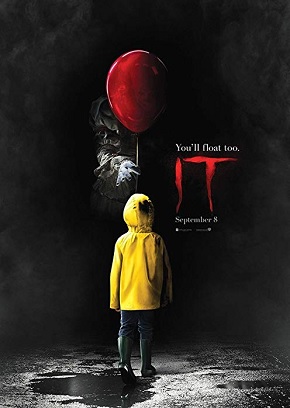
With IT: CHAPTER TWO now in theatres, the horror community is again experiencing some "IT Fever", helping push the film's global box office to $200 million within its first week of release. So while the final battle between the Losers Club and the titular creature plays out on the big screen, the time has come for us to drop these characters into a different battle: a Face-Off that takes a look at the adaptations of the first half of the IT story.
IT has been brought to life twice since the publication of Stephen King's novel, first as a 1990 mini-series directed by Tommy Lee Wallace and now again by IT 2017 and IT: CHAPTER TWO director Andy Muschietti. Much like Muschietti's version, the mini-series was split into two parts, one primarily focusing on the Losers Club fighting It when they were children and the second focusing on a rematch that takes place 27 years later. We'll save the adult Losers half of this story for another Face-Off, today we're going to see which adaptation was a more effective version of the kids' half.
IT plays out across a span of 27 years, as a group known as the Losers Club encounter the supernatural evil lurking in their hometown as children and then again as adults. The mini-series doesn't let these two encounters stand on their own, though. The kids' half of the story plays out as flashbacks while the adult versions of the characters are called to return for the rematch. Due to that approach, the first half of the mini-series feels like it's rushing through the childhood section of the story, spending too much of its 93 minutes with the adults.
This time around the filmmakers took the gamble that a movie focusing on the kid versions of the Losers would be successful enough that they could bring the adult half of the story to the screen later. This IT made over $700 million at the global box office, so it was a good bet. Running 135 minutes, this adaptation is able to take its time telling this half of the story, letting us get to know the characters better instead of having to rush through a collection of the most important moments. The adults can wait their turn.
Director Tommy Lee Wallace assembled a great cast to play the Losers Club kids. Each of the young actors handled their roles well and turned in endearing performances. We come to care about these kids, especially Jonathan Brandis as Bill, who becomes determined to avenge the death of his brother Georgie; Emily Perkins as Beverly, who has an awful home life; and Brandon Crane as Ben, the new kid with a crush on Beverly. Adam Faraizi makes his Eddie a good sidekick to Bill, Seth Green is entertaining as the wisecracking Richie. Ben Heller and Marlon Taylor have less to do as Stan and Mike, but still make memorable contributions.
Director Andy Muschietti also did a great job putting together his Losers Club, and since the movie is longer than the first half of the mini-series we get to spend more time with this bunch. Again the actors playing Bill, Beverly, and Ben – Jaeden Lieberher, Jeremy Ray Taylor, and Sophia Lillis – are strong leads, with Beverly getting a modernized update. Wyatt Oleff and Chosen Jacobs are given more to do as Stan and Mike than Heller and Taylor were; Jack Dylan Grazer is a lot of fun as the neurotic, hypochondriac Eddie; and Finn Wolfhard is hilarious as the foul-mouthed joker Richie, filling every scene he's in with inappopriate lines.
The creature living in the sewers of Derry, Maine is able to take many different forms, but its most prominent form is that of Pennywise the Dancing Clown. As played by Tim Curry, this Pennywise comes across like a sleazeball yukking it up in the Catskills, and it's quite impressive that Curry could be so creepy and so over-the-top simultaneously. He made Pennywise an instant horror icon, and this interpretation of the character will always be the Pennywise I have in mind.
Bill Skarsgård has earned modern icon status with his take on Pennywise the Dancing Clown, and I think he did a fine job bringing the character to life. However, I wasn't blown away by the way Pennywise was presented in this film – he was given too few chances to show off his personality, and too many chances to open his large cartoon mouth or just rush at the camera. There are directorial choices that make me roll my eyes instead of making me jump out of my seat.
Sometimes It only has to take the form of Pennywise when claiming a victim, but other times it takes the form of a potential victim's greatest fear. The more afraid someone is, the tastier they are to this thing. During this adaptation, It torments the Losers with the sight of dead relatives, skeletal corpses, blood that children can see but adults can't, a Teenage Werewolf, and photographs that come to life. Characters are also attacked by living shower pipes and deadly floating lights that are so terrifying one look at them turns a person's hair white.
Once again It pulls out all the stops in its quest to scare the hell out of the Losers, but while the special effects are flashier and the scare scenes are more hectic, I don't find them to be very effective. Forms taken include a woman from a painting, the headless victim of an explosion, a leper, and friends and loved ones. Acidic loogie leaks across a floor, a giant Pennywise emerges from a projected image, corpses speak. But the scariest thing in the movie is a teenager named Henry Bowers, who Pennywise turns from a violent bully to a homicidal maniac.
IT deals with a lot of emotional subject matter, even when you set aside the scenes of the adult Losers remembering their horrific pasts in this half of the mini-series. The loss of a younger sibling, the loss of a parent, even the bond that these kids have and the fact that they're in way over their heads dealing with these evil forces. I feel bad for Bill as he grieves his brother Georgie, I'm charmed by the poem Ben writes for Beverly, I want to see Beverly get away from her abusive father, I'm invested in these kids and want things to turn out well for them.
The emotional aspect is where IT 2017 really shines. Again, since we get to spend more time with the Losers in this one the viewer has the chance to connect with them even more and become even more concerned for their well being. Bill's search for his missing brother Georgie is heartbreaking since we already know what happened to the kid, Beverly's father is even worse, Ben's crush on Beverly is adorable, Eddie has a terrific arc that leads to him confronting his mom about “gazebos”, and the final moments between the Losers are quite heartwarming.
This is an outcome I didn't expect when going into this Face-Off, I thought we'd be getting a clear winner here. But in rewatching the first half of the IT mini-series and IT 2017 back-to-back, I found that they had an equal amount of strengths and weaknesses. I was left wishing I could mix and match elements of the two to create my own ideal adaptation – one that would basically be like the 2017 movie, but with Tim Curry's Pennywise and the ending sewer sequence from the mini-series.
I couldn't pick a winner between these two, but I'm sure there are plenty of you out there who do have a clear favorite. So let us know in the comments section below which version of IT you prefer. If you have suggestions for future Face-Off articles, you can send them to [email protected].




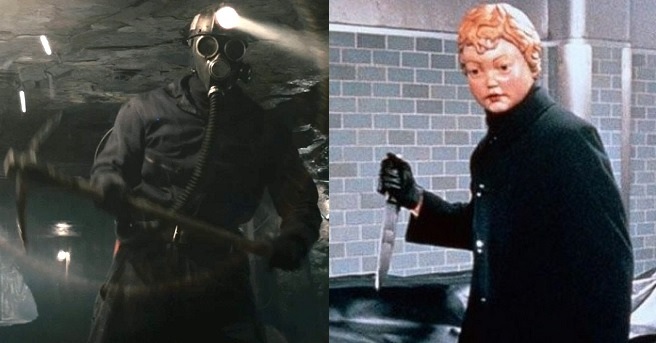
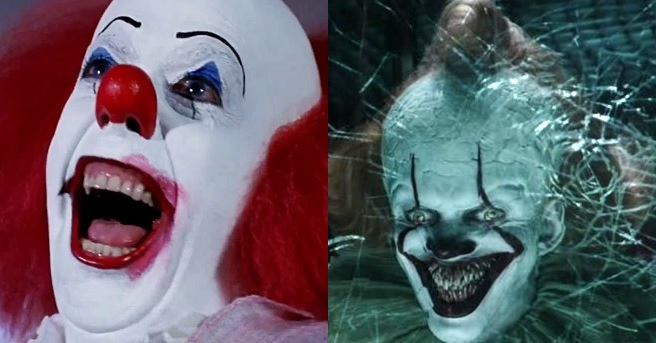
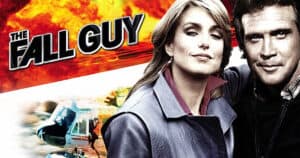
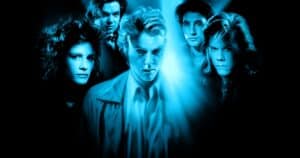
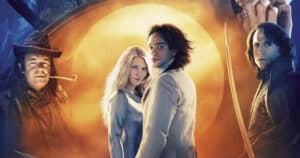
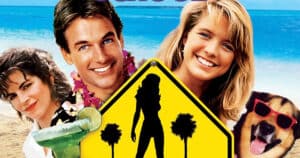
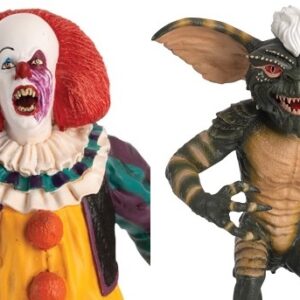
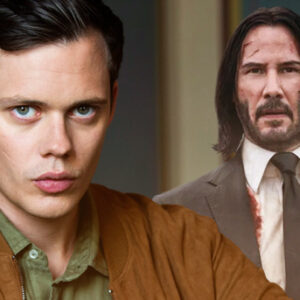
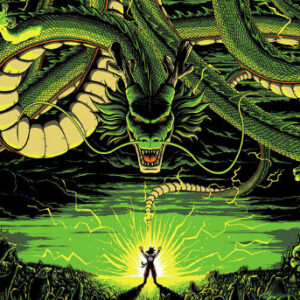
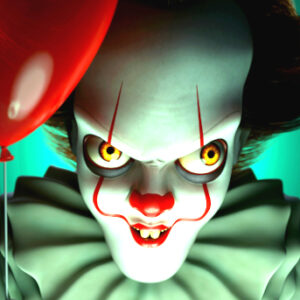
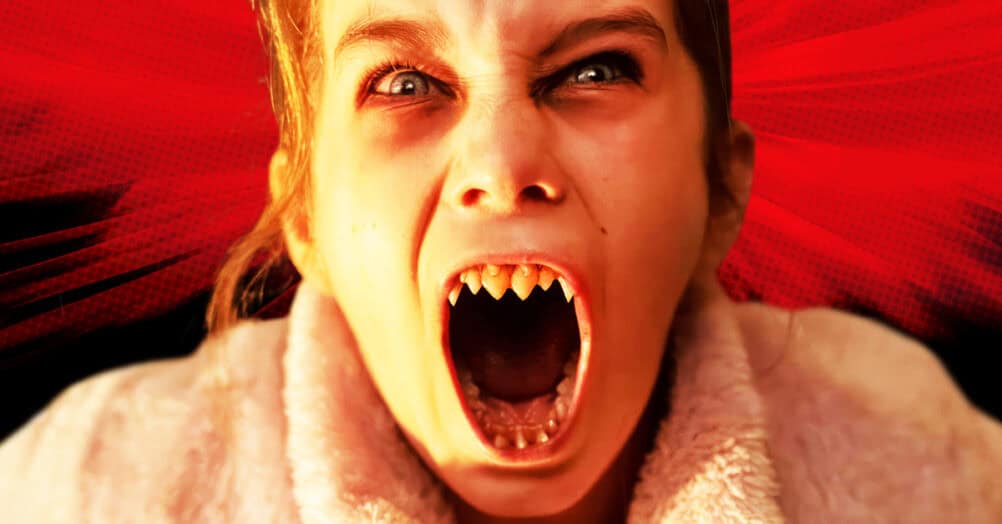
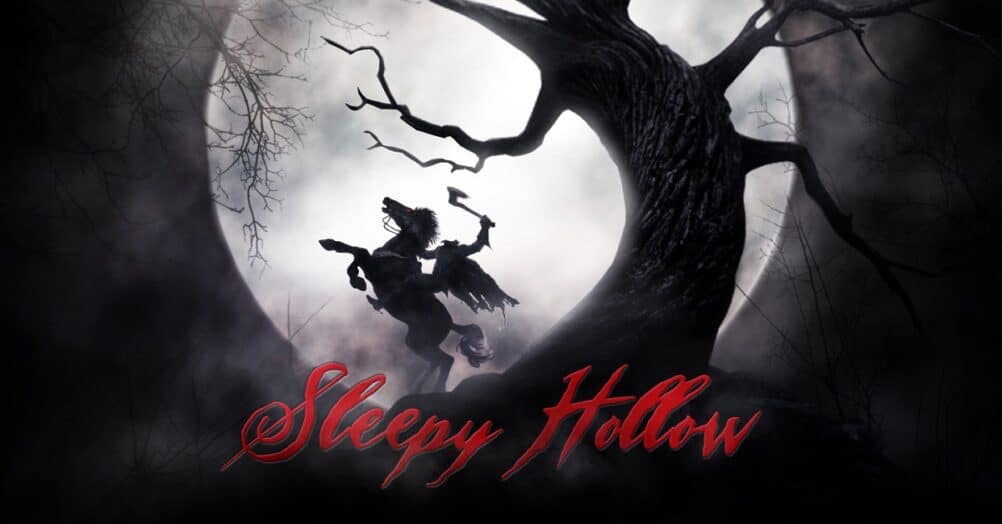

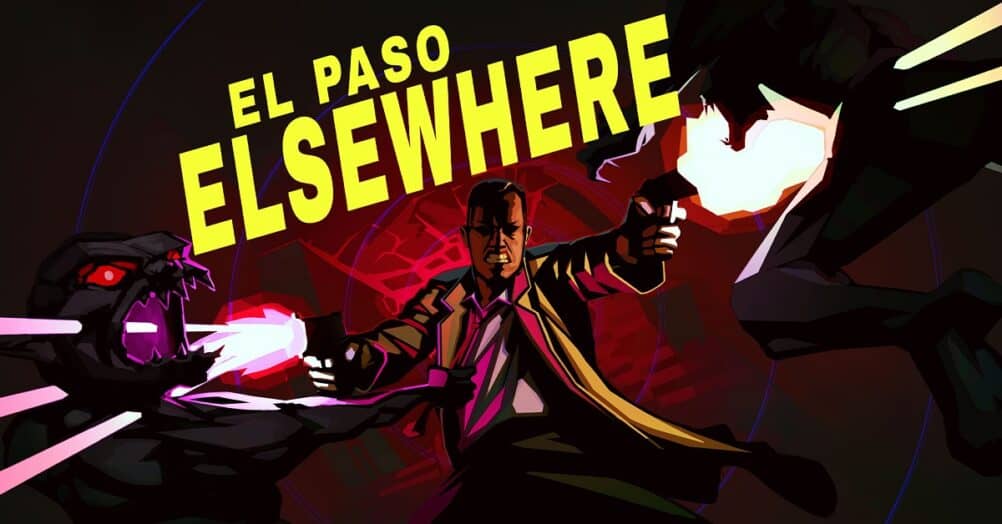
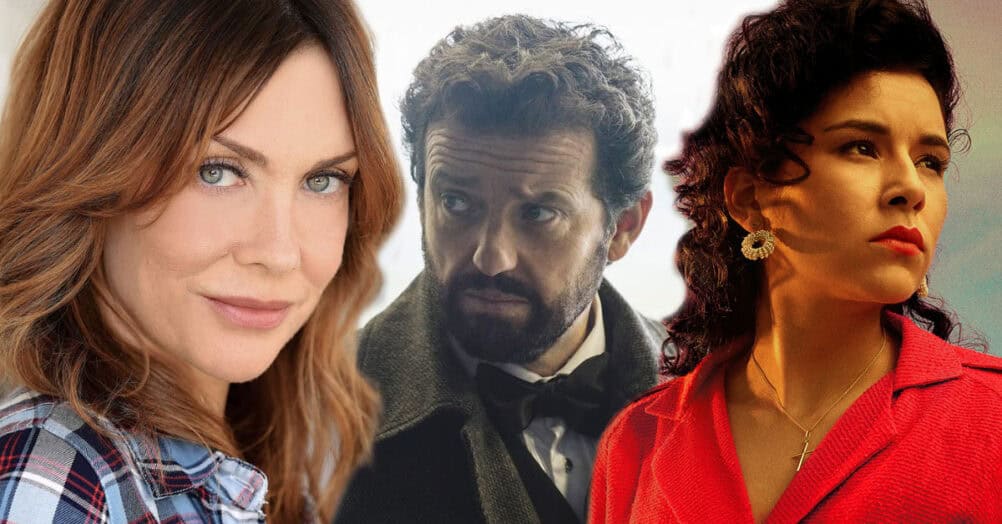
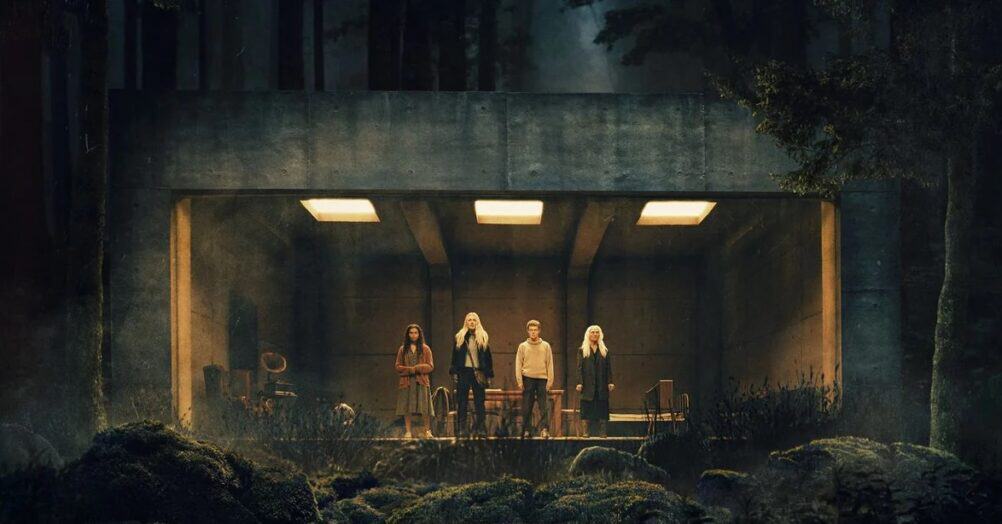
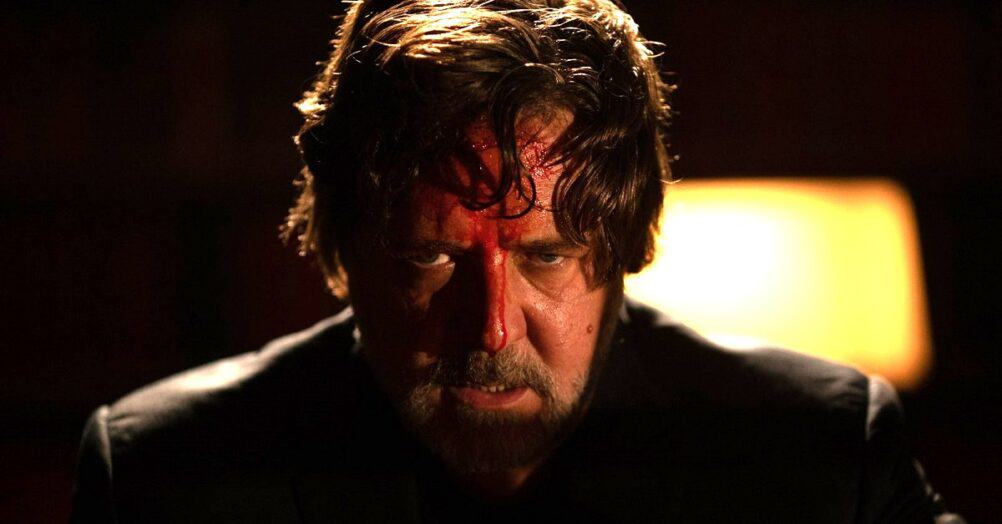
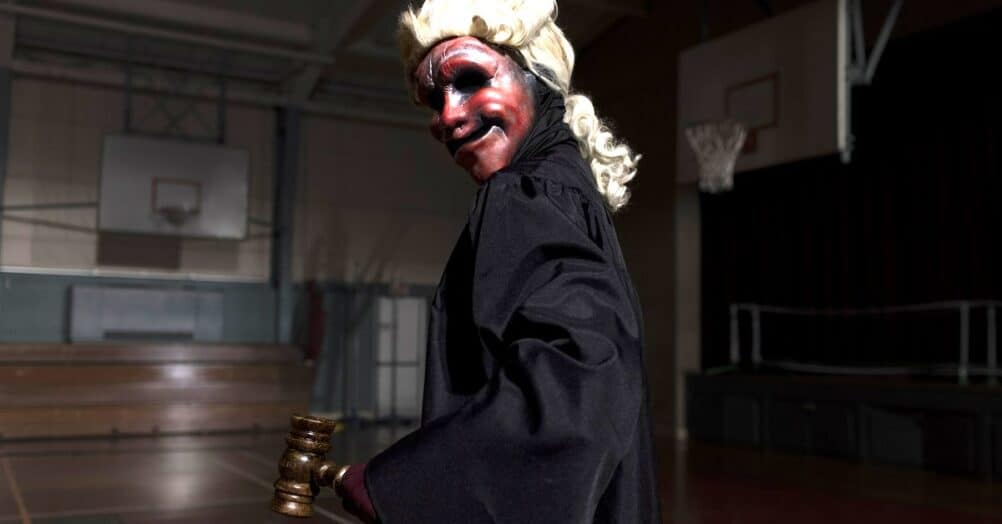
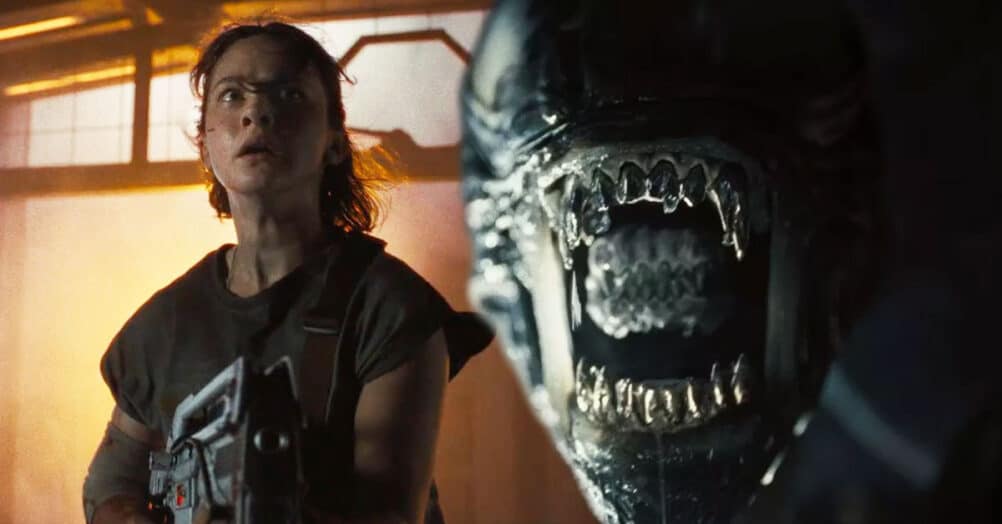
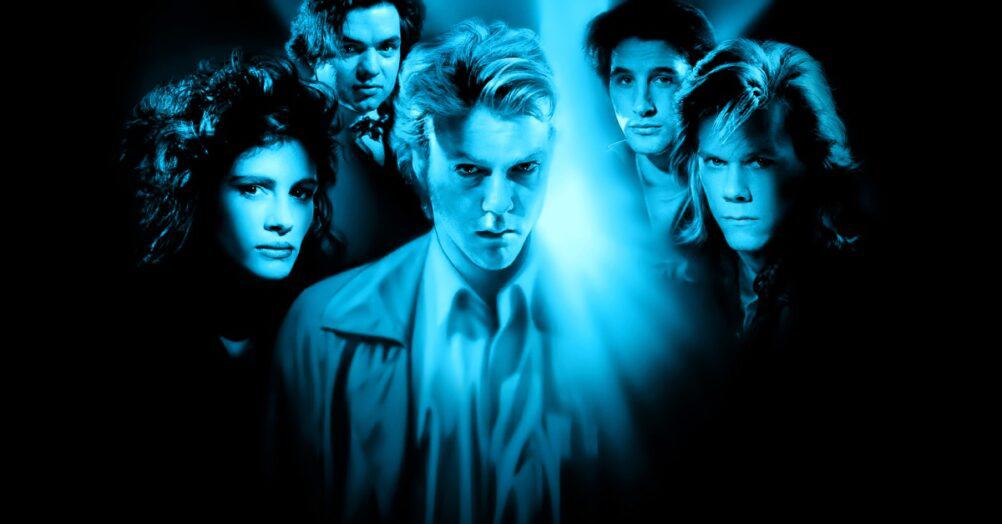
Follow the JOBLO MOVIE NETWORK
Follow us on YOUTUBE
Follow ARROW IN THE HEAD
Follow AITH on YOUTUBE